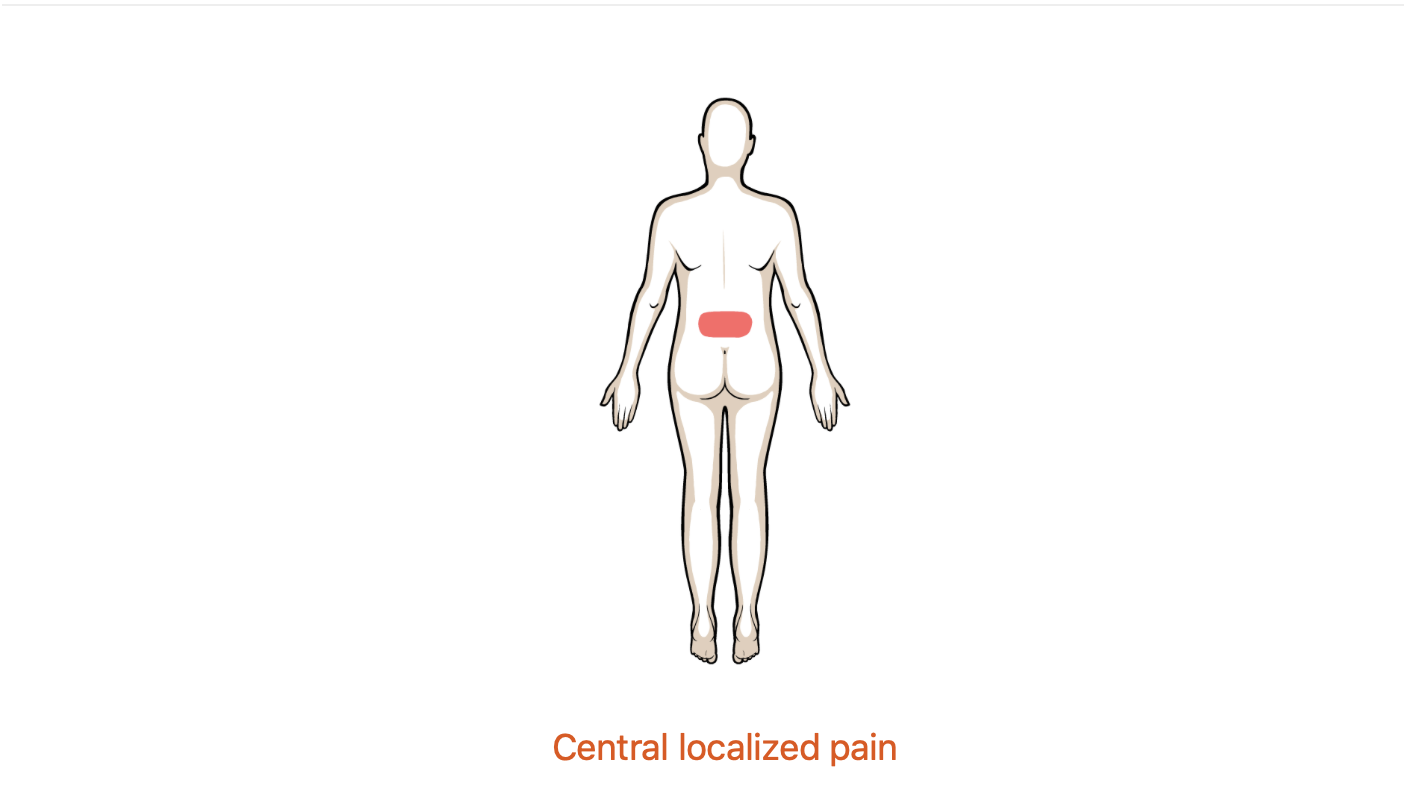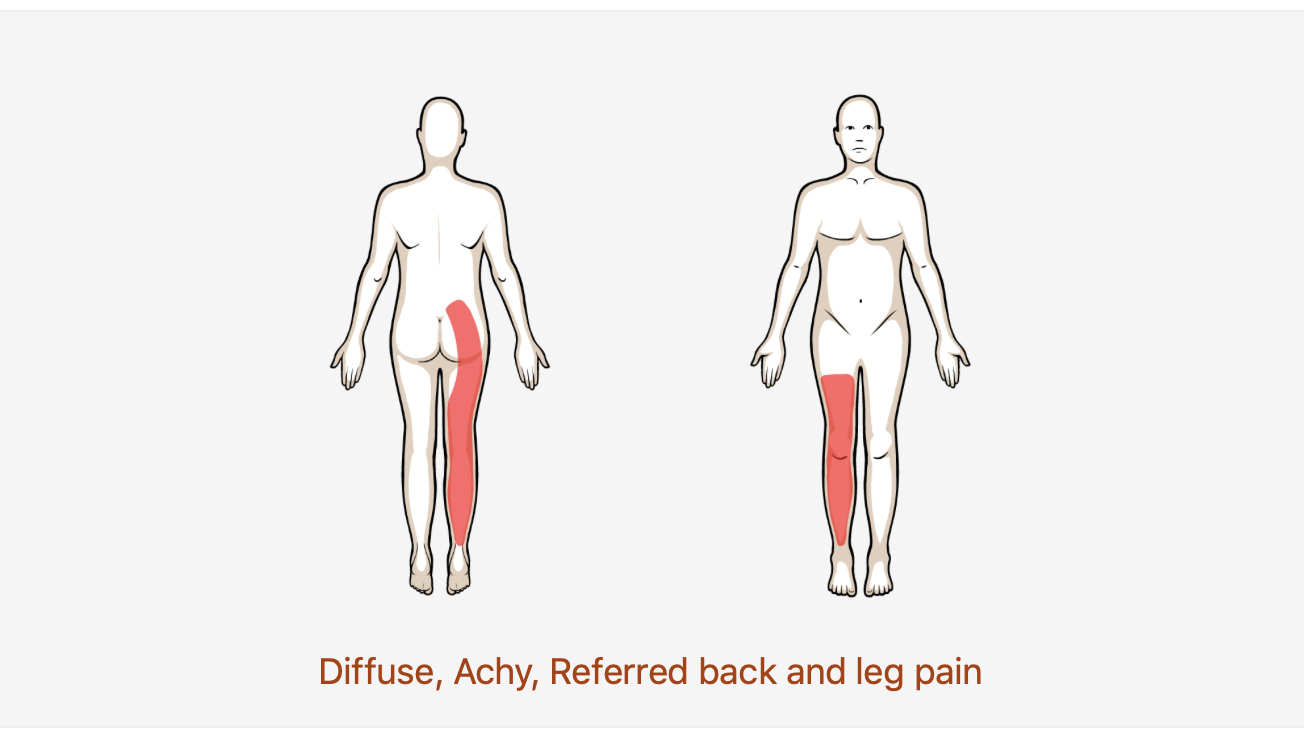From anatomy to discovering the patient!
1-year incidence of a first-ever episode of low back pain to range between 6.3% and 15.3%, while estimates of the 1-year incidence of any episode of low back pain range between 1.5% and 36%.
Low back pain is the leading cause of activity, limitation and work absence throughout much of the world and is associated with an enormous economic burden.
Individuals who have experienced activity-limiting low back pain often experience reoccurring episodes with estimates ranging between 24% and 33%.
See more prevalence information in the Clinical Pattern Recognition: Orthopaedics app here
Meet the 6 common low back pain patients from the Clinical Practice Guidelines!
Clinical Pattern Recognition
Click on the pain pattern to learn about the patients and develop your clinical patterns!


































